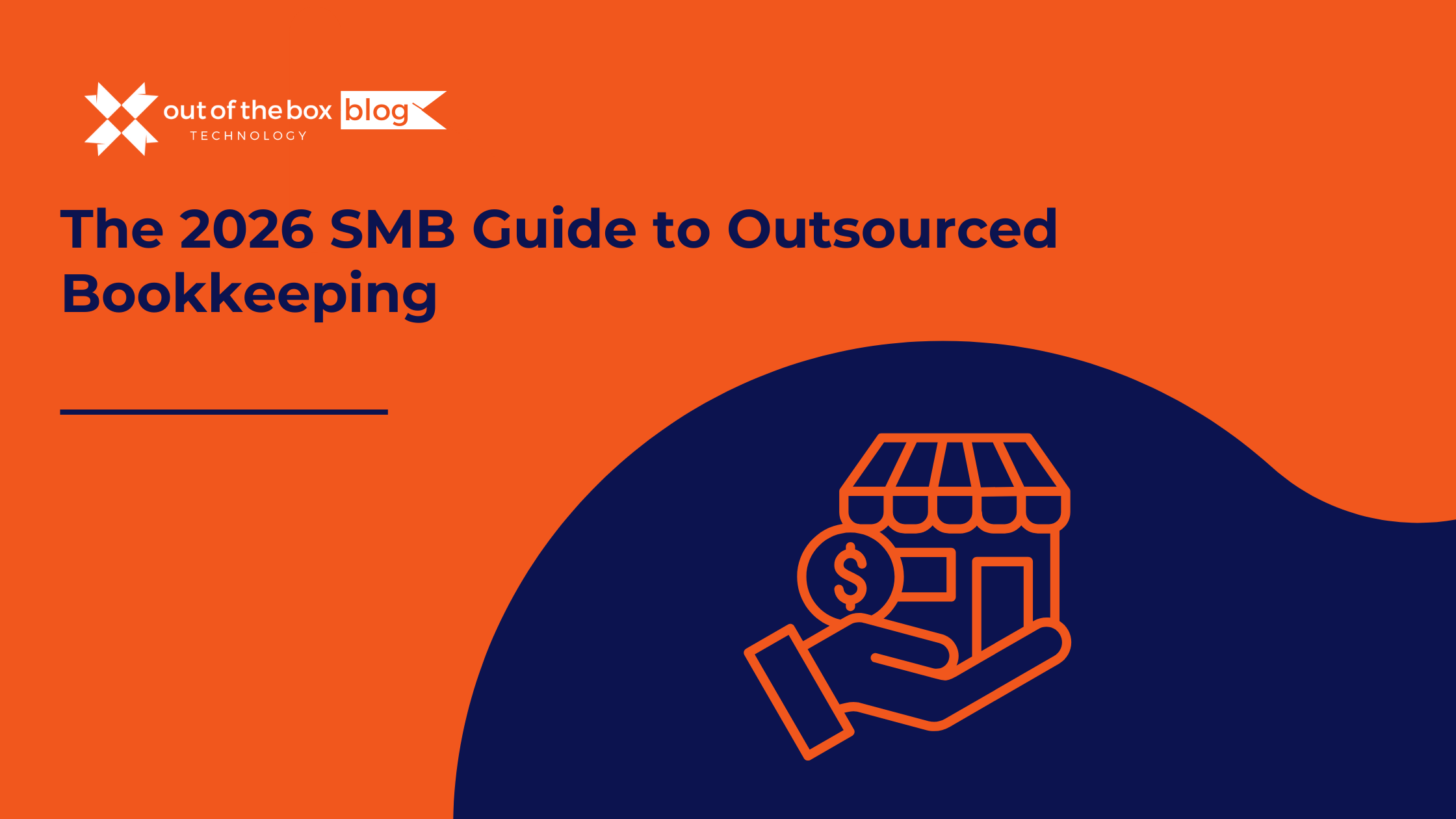Calculating net income is a fundamental aspect of assessing a business’s profitability. While many turn to an income statement for this purpose, a balance sheet can also provide valuable insights to deduce net income. In this guide, we’ll break down the process of calculating net income using balance sheet data, complete with examples, FAQs, and actionable tips.
What You Will Learn
- The relationship between the balance sheet and net income
- Step-by-step methods to calculate net income
- Common formulas and examples
- FAQs about using balance sheets to calculate net income
By the end of this guide, you’ll understand how to extract net income insights directly from balance sheet data.
Understanding the Balance Sheet
A balance sheet is one of the three key financial statements, offering a snapshot of a company’s financial position at a specific point in time. It consists of three main components:
- Assets: Resources the company owns (e.g., cash, accounts receivable, inventory).
- Liabilities: Obligations the company owes (e.g., loans, accounts payable).
- Equity: The owner’s residual interest in the company’s assets after deducting liabilities.
Key Formulas to Note
- Assets = Liabilities + Equity
- Net Income = Revenues – Expenses (Derived indirectly via changes in equity)
How to Calculate Net Income from a Balance Sheet
Step 1: Identify the Beginning and Ending Equity
Equity reflects the cumulative earnings and investments of the business after accounting for distributions and withdrawals. To calculate net income, you need the equity at the start and end of the period.
Example:
- Beginning Equity (January 1): $50,000
- Ending Equity (December 31): $70,000
Step 2: Account for Owner Contributions and Distributions
Adjust equity changes for any external factors, such as additional investments or withdrawals made by the owners during the period.
Example:
- Owner Contributions: $10,000
- Owner Distributions: $5,000
Step 3: Apply the Formula
The formula to calculate net income using balance sheet data is:
Example Calculation:
- Net Income:
The company’s net income for the year is $15,000.
Additional Data Points and Insights
Key Metrics to Watch:
- Retained Earnings: Net income contributes to retained earnings, which is part of equity.
- Dividends: Any dividends paid to shareholders reduce retained earnings and impact net income indirectly.
Stat: According to a 2023 survey by the National Association of Accountants, 68% of small business owners rely on equity and retained earnings data for performance analysis.
Common Mistakes to Avoid
- Ignoring Contributions and Distributions: Overlooking these adjustments can lead to incorrect calculations.
- Confusing Gross Income with Net Income: Remember that net income accounts for all expenses, taxes, and other deductions.
Examples of Net Income Calculation
Example 1: Small Retail Business
Given Data:
- Beginning Equity: $30,000
- Ending Equity: $50,000
- Contributions: $8,000
- Distributions: $3,000
Calculation:
Example 2: Service-Based Business
Given Data:
- Beginning Equity: $100,000
- Ending Equity: $130,000
- Contributions: $15,000
- Distributions: $10,000
Calculation:
FAQs
1. Can I Calculate Net Income Without an Income Statement?
Yes. While the income statement provides a direct view, net income can be calculated using balance sheet data by analyzing changes in equity over time.
2. What’s the Role of Retained Earnings in Net Income Calculation?
Retained earnings are a key component of equity and reflect cumulative net income minus distributions. Any changes in retained earnings impact net income.
3. Are Contributions and Distributions Always Required?
Yes, if applicable. Ignoring these adjustments can lead to inaccuracies in calculating net income.
4. What’s the Difference Between Net Income and Net Cash Flow?
Net income is based on accrual accounting, considering revenues and expenses when incurred. Net cash flow reflects actual cash movements.
5. How Do Dividends Impact Net Income?
Dividends reduce retained earnings but are not considered an operating expense, so they don’t directly impact net income.
Conclusion
Calculating net income from a balance sheet is a valuable skill for business owners and financial professionals. By understanding equity changes and applying the proper adjustments, you can deduce net income even without an income statement. Always ensure accuracy by accounting for owner contributions, distributions, and retained earnings.
Simplify Your Bookkeeping Today!
Discover the benefits of outsourcing bookkeeping for your small business. Contact us now to schedule a consultation and take the first step toward financial clarity and success!




